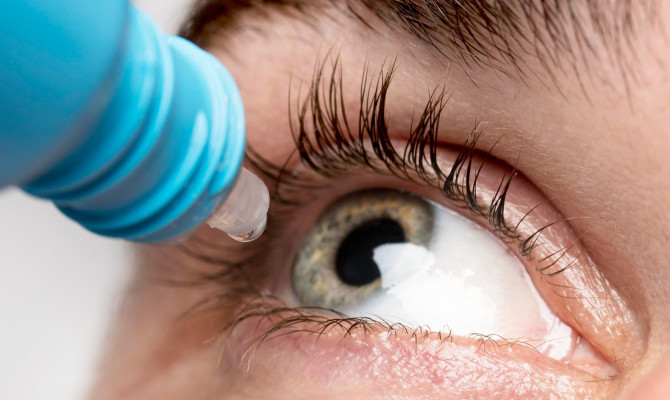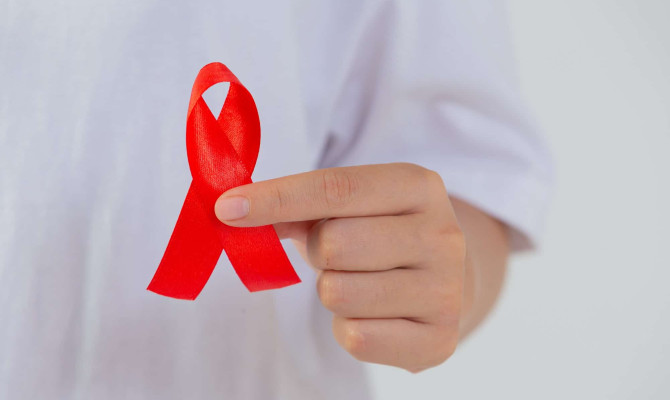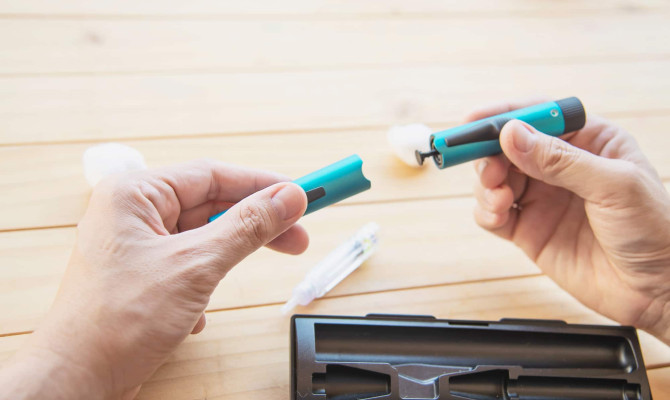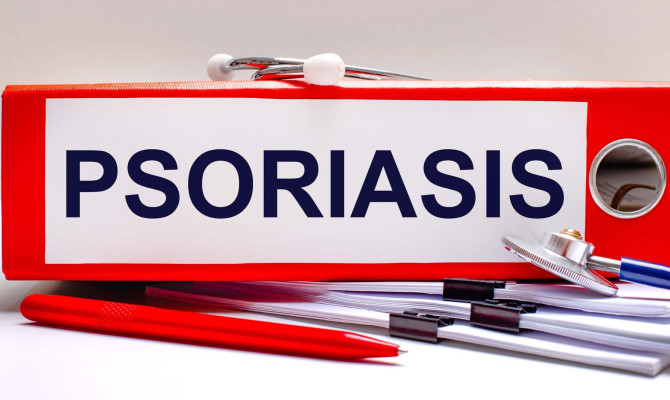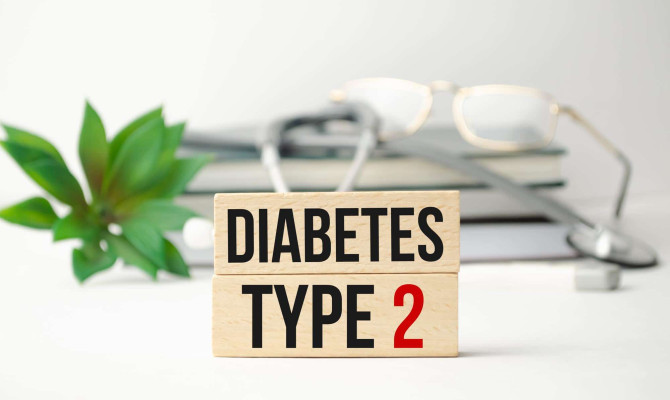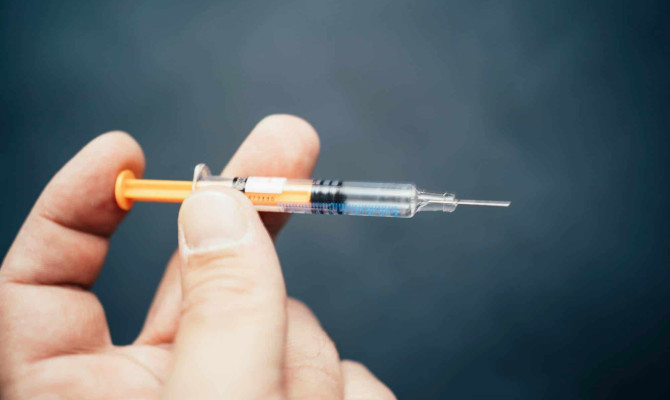Amlodipine : What you need to know?

- Amlodipine
- 16 Aug 2023
Overview
What is amlodipine?
Amlodipine is an oral dihydropyridine. It is is sold under the brand name amlodipine besylate, which was first given the green light by the Food and Drug Administration (FDA) in the year 1987.
Amlodipine works as a calcium channel blocker (CCB) that is utilized in the therapy of hypertension (high blood pressure). Taking amlodipine, in the case that you have hypertension, can assist in the prevention of future heart disease, as well as heart attacks and strokes.
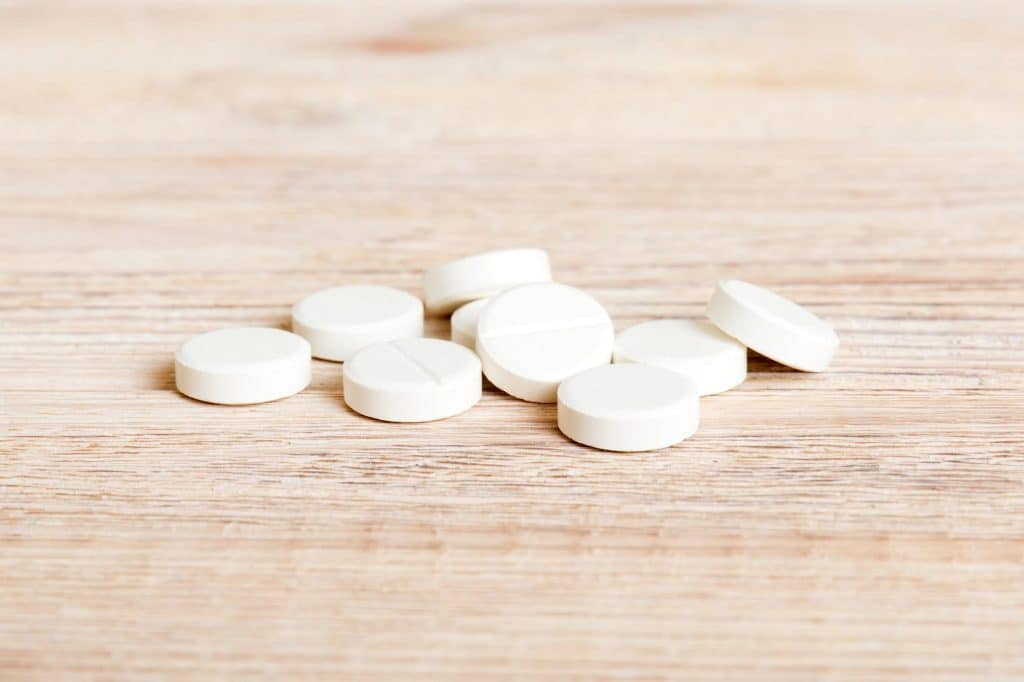
Uses
What is amlodipine used for?
Indications that have been approved by the FDA
Hypertension
- When it comes to the treatment of hypertension, amlodipine is a great choice among the many different antihypertensive medications that are available. It is possible to take it by itself or in conjunction with a number of other hypertensive medications.2Uses| Researched based study from Nlm.nih.gov
Chronic stable angina
- Amlodipine is recommended for use as a symptomatic medication for patients who have been diagnosed with chronic stable angina. It is possible to use amlodipine by itself or in conjunction with a number of other antianginal medications.
Vasospastic Angina
- It is also called Variant or prinzmetal angina amlodipine is recommended for the treatment of proven or suspected cases of vasospastic angina.
Angiographically Documented Coronary Artery Disease (CAD)
- In patients having recently diagnosed CAD via angiography, who do not have heart failure or an ejection fraction of below 40%, amlodipine is used to reduce the hospitalization chances due to angina and reduce the odds of requiring a coronary revascularization procedure.
Uses that are not authorized by the FDA
- Nephropathy caused by diabetes
- Raynaud phenomenon and left ventricular hypertrophy Raynaud’s phenomenon
- Ischemia myocardial silencieuse
- Pulmonary arterial hypertension (PAH)2Uses| Researched based study from Nlm.nih.gov
Mechanism
How does amlodipine work?
Amlodipine is an example of a calcium channel blocker, which is a type of medication mechanism.3Mechanism| Researched based study from Sciencedirect.com
- It has the same effects as other calcium channel blockers, such as relaxing and expanding the blood vessels. It achieves this effect by preventing calcium from entering the muscles that make up the heart and the blood arteries.
- Because calcium is necessary for muscle contraction, inhibiting calcium intake will cause muscle cells to relax. Muscles cannot contract without calcium. Your heart will be more able to easily pump blood throughout the body as a result of this, which will drop your blood pressure.
- Amlodipine is effective in treating angina because it serves to improve the blood and oxygen supply to the heart. Angina is a type of chest pain that develops when the muscles of the heart do not receive sufficient blood supply. In most cases, this occurs as a result of the hardening and narrowing of the arteries that provide blood to the heart.
Dosage
Dosage of amlodipine
- Tablets of 2.5 mg, 5 mg, and 10 mg strengths are all available for oral administration of the drug amlodipine, which is typically taken by mouth.2Dosage| Researched based study from Nlm.nih.gov
- In addition, suspensions made from oral pills are obtainable for patients of any age who have trouble swallowing, including pediatric patients and elderly people.
- The half-life of amlodipine is significantly longer than that of nifedipine and other drugs belonging to the dihydropyridine class, which ranges from 30 to 50 hours.
- The ability to take a dose only once per day is one advantage of having a half-life that is so much longer than average.
Recommended Dosages
Hypertension
- Adults should take 5 mg once daily as their starting dose, with a daily maximum of 10 mg.
- Patients who are elderly or disabled should take a reduced beginning dosage of 2.5 milligrams once daily, with a daily maximum of 10 milligrams.
- Children and young adults who are at least 6 years old should take between 2.5 and 5 mg once every day, with a daily highest dosage of 5 mg.
- Children younger than 6 years old should take between 0.05 and 0.2 mg/kg every day, with the highest dose of between 0.3 and 0.6 mg/kg everyday (up to 5 mg per day).2Dosage| Researched based study from Nlm.nih.gov
Angina
- Initial dosing for adults is 5–10 mg taken once daily.
- Patients who are elderly or disabled should start with a dose of 5 mg once daily
- The typical adult dose is 10 mg once daily.
Side effects
Side effects of amlodipine
It’s possible that amlodipine will make you sick. Inform your physician if any of the following symptoms persist for an extended period of time or are particularly severe:1Side effects| Researched based study from Medlineplus.gov
- Edema in the extremities, most commonly the hands, feet, ankles, and lower legs
- Headache
- Upset stomach
- Nausea
- Stomach discomfort
- Symptoms of vertigo or lightheadedness
- Drowsiness
- Extreme weariness
- Flushing
Serious side effects
Some of the adverse effects may be rather serious. If you have any of these symptoms, you should seek immediate medical attention by calling your primary care physician or going to an emergency room:1Side effects| Researched based study from Medlineplus.gov
- More frequent or more severe chest pain
- A heartbeat that is hammering, erratic, or quick.
- Fainting
- You have gastrointestinal troubles – Pancreatitis symptoms include intense pain in the stomach, diarrhea (regardless of whether or not it contains blood), feeling unwell and really being sick (nausea and vomiting), and feeling sick and being sick (nausea and vomiting).
- If the whites of your eyes turn yellow, or if your skin turns yellow (although this may be less noticeable on brown or black skin), this could be a sign that you have a problem with your liver.
Contraindications
Contraindications of amlodipine
People should avoid using amlodipine and ask for any substitute in following conditions:
One with sensitivity
- Patients who have been shown to have an extreme sensitivity to amlodipine or any of the components of its dose form should not use amlodipine.2Contraindications| Researched based study from Nlm.nih.gov
People with heart problems
- In addition, individuals who have cardiogenic shock, severe aortic stenosis, unstable angina, severe hypotension, heart failure, or hepatic impairment should not take amlodipine because it is considered to be relatively contraindicated in these conditions.
- In patients with unstable angina, the administration of amlodipine results in a reflexive increase in cardiac contractility, which raises the myocardial oxygen demand and makes ischemia worse.
- Patients who have heart failure and use amlodipine could develop pulmonary edema, as well as experience shortness of breath and discomfort.
One with coronary artery disease
- Patients who have significant coronary artery disease and begin therapy with amlodipine may have an exacerbation of their angina.
One with low blood pressure
- Amlodipine has the potential to further lower blood pressure, as well as the risk of syncope and hypoperfusion to essential organs in patients who already have severe hypotension.
If they have liver (hepatic) diseases
- Amlodipine may not be metabolized properly in patients who have hepatic impairment, which might result in a longer half-life and possible increases in plasma concentrations.
Interactions
Interactions of amlodipine with drugs and food
Antihypertensive drugs
- Combining amlodipine with other medications that have the same effect of lowering blood pressure, such as ramipril or lisinopril, might sometimes result in an abnormally low blood pressure reading for the patient taking amlodipine alone.4Interactions| Researched based study from Nhs.uk
- When your blood pressure is low, you may experience symptoms such as dizziness and even fainting. Tell your medical examiner if this keeps occurring to you because it’s possible that your dosage has to be adjusted.
Immunosupressants
- Primidone medicines to suppress your immune systems, such as cyclosporine or tacrolimus
Cholesterol lowering drugs
- More than 20mg each day of the cholesterol-reducing medicine simvastatin
Other drugs
- Medicines to treat HIV or HCV (hepatitis C virus) and anti-epilepsy treatments like carbamazepine, phenytoin, phenobarbital (phenobarbitone),
Grapefruit
- It is possible that the quantity of amlodipine in your body will increase if you consume a significant amount of grapefruit or grapefruit juice. This will lead to more severe side effects. While you are on amlodipine, you should probably evade consuming grapefruit or intaking grapefruit juice if you are affected by this interaction.
- After consuming grapefruit or grapefruit juice, you should communicate with your primary care physician if you experience any increased adverse effects, including feeling dizzy, flushing, or developing headaches.
Overdose
Toxicity caused by amlodipine overdose and its management
- A lethal dose of amlodipine can cause toxicity, which can result in severe vasodilation, low blood pressure, and reflex tachycardia as compensatory strategies.2Overdose| Researched based study from Nlm.nih.gov
- A prolonged state of hypotension throughout the body might eventually lead to shock and even death.
- Patients who have experienced an overdose of amlodipine should be given activated charcoal (AC).
- After receiving intravenous fluid resuscitation, intravenous calcium gluconate, and vasopressor treatment with norepinephrine or dopamine, the hypotension will often improve.
- Research has shown that administering a high dose of insulin can both reduce mortality and enhance hemodynamics, hence this treatment is sometimes used. When an amplodipine overdose occurs, electrocardiographic information, vital signs, kidney functioning, urine output, and electrolyte levels need to be monitored continuously.
Takeaway
Takeaway tips
- Among the many different antihypertensive medications that are available, amlodipine is a fantastic option for the first treatment.
- Amlodipine has also demonstrated significant improvements in a number of cardiovascular outcomes. As a result, those who work in the medical field, such as physicians, pharmacists, nurse practitioners, and so on, ought to have a solid understanding of the indications and contraindications pertaining to amlodipine.
- However, an overdose of the medicine might produce severe hypotension; as a result, it is recommended to progressively titrate the dose, beginning with a modest dose as the starting point.
- In addition to this, monitoring of patients over the course of their entire treatment is essential for achieving effective management of blood pressure.
Any feedback on this article?
 This Articles content was accurate
This Articles content was accurate Very Informative Article
Very Informative Article I have a question or a comment
I have a question or a comment
 This article contains inaccurate content
This article contains inaccurate content This article was not helpful
This article was not helpful I have a question or a comment
I have a question or a comment
We appreciate your helpful feedback!
Checkout our social pages
References
-
MedlinePlus
Amlodipine | Side effects
-
National Library of Medicine
Amlodipine | Uses | Dosage | Contraindications | Toxicity
-
Science Direct
Amlodipine | Mechanism
-
National Health Service
Taking amlodipine with other medicines and herbal supplements | Interactions













